Until the pandemic, I never associated the word “hope” with the word “construction.”
But my wanderings around Paris show that people are investing money and time in businesses that are not even allowed to operate now. It’s a sign they believe this will all end before their money runs out.
The establishment pictured below, for instance, used to be a mediocre café on the rue Prony in the 17th arrondissement. It closed swiftly when the COVID-19 lockdown was first imposed in France a year ago, despite substantial government aid to restaurants and cafés. Signs in the dusty windows advertised furniture, plates and glassware for sale, the latter at 3 euros a plate.
Now it is under construction, and three young owners are working with an architect to transform it into an Italian restaurant. The interior, which I was asked not to photograph, has been stripped down to the bare walls; the only table sitting on the concrete floor holds piles of tools and equipment.
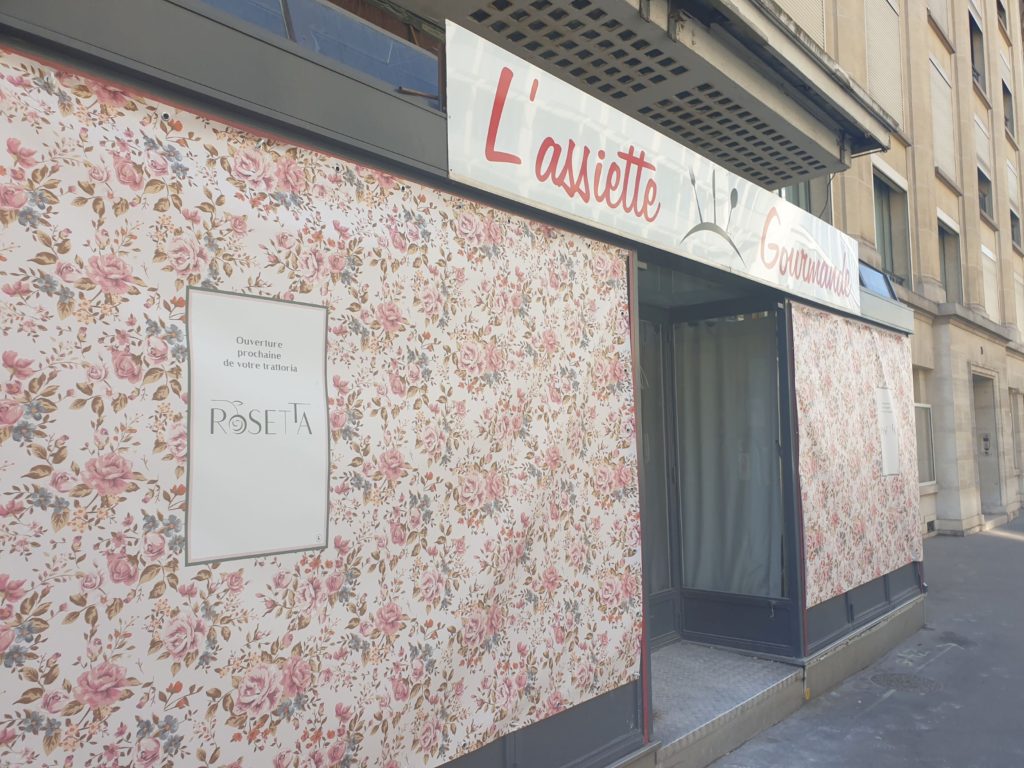
Similarly, this café on the avenue Rapp, near the American Library in Paris, is being renovated inside and out; including the addition of more outdoor seating space. Once tourists are allowed back into the country, it can charge even more for its tiny beers and weak coffee. The location is near the Eiffel Tower, which attracts a lot more visitors than the library.
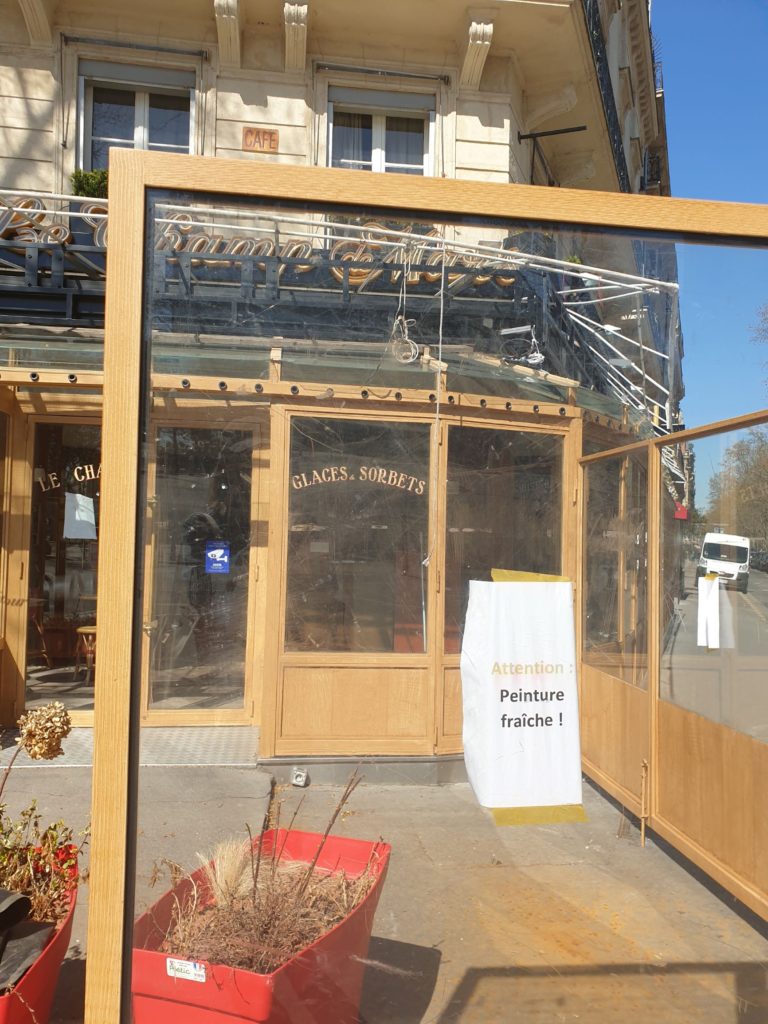
Bear in mind that these places have been closed by government decree since October. That’s a dent in your revenue stream, even considering the subsidies. Some restaurants sell takeout meals but that hardly makes them whole.
Huge companies also are taking advantage of so many employees working at home by renovating their offices. This is Louis Vuitton, one of the best-known brands of luxury conglomerate LVMH.
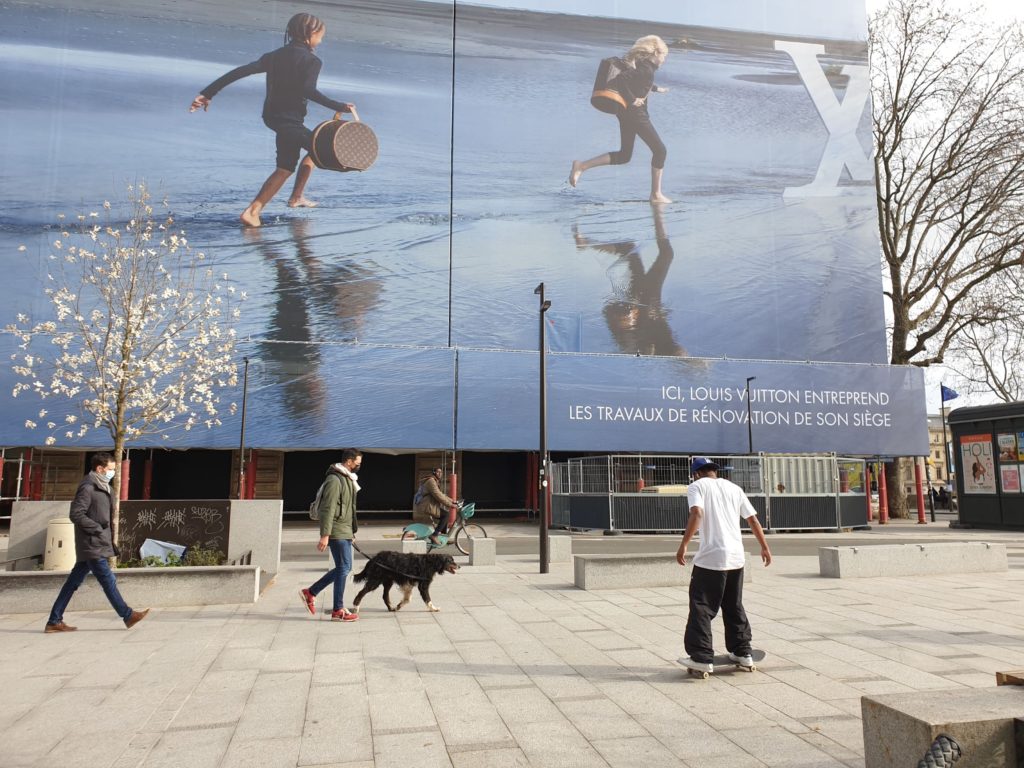
French employers are less interested in setting up permanent at-home positions for their staff, reportedly because they like to have everyone where they can see them. And employees don’t want to make it a long-term measure because it’s too easy for their bosses to get around France’s strict labor regulations. The linked article suggests that the country’s Catholic history gives the French more respect for processes, whether at church or at work, than for results.
You’d think a country that is so fond of processes would have done better at vaccinating its people against COVID-19, at least at the beginning. Only now are huge stadiums like the Stade de France being converted into “vaccinodromes,” and only now are adjunct health workers such as veterinarians and fire fighters being recruited to give shots.
More than 500,000 people per day get a vaccination, and not that many fewer on weekends. Shots are now available for anyone over 55. France probably will have given a first shot to 12 million people by April 15, out of a population of 66 million. That’s ahead of schedule, though still behind such fast-moving countries as the U.S. and the U.K. The number of new daily cases is softening a bit.
This has the effect of encouraging vaccinated and un-vaccinated alike to push the boundaries of the current set of stay-at-home restrictions. The whole country is technically under lockdown — lockdown light, as it’s called — but the rules have changed constantly. When you see people congregating in public spaces it’s hard to know whether it’s legal or not.

The huge billboard in the photo above serves to cover over what is called a “ravalement,” a cleaning of the building’s façade that is required by law every 10 years, though performed less frequently than that.
Elsewhere, historic names like the department-store La Samaritaine are being converted into new retail shops.

Even though these projects often take forever — this particular one started in 2015 after 10 years of legal bickering and was supposed to last three years — they tell me that Paris is a commercial and dynamic city, not just a museum for tourists. More buildings in this area, near the Pont Neuf, are under construction than not, it seems.

Still, I find myself more touched by the tiny makeovers I see all around Paris. The government is talking about beginning to reopen the economy by mid-May. That’s probably optimistic, but I do hope it happens in time for these renovations, ravalements and repaintings to pay off.
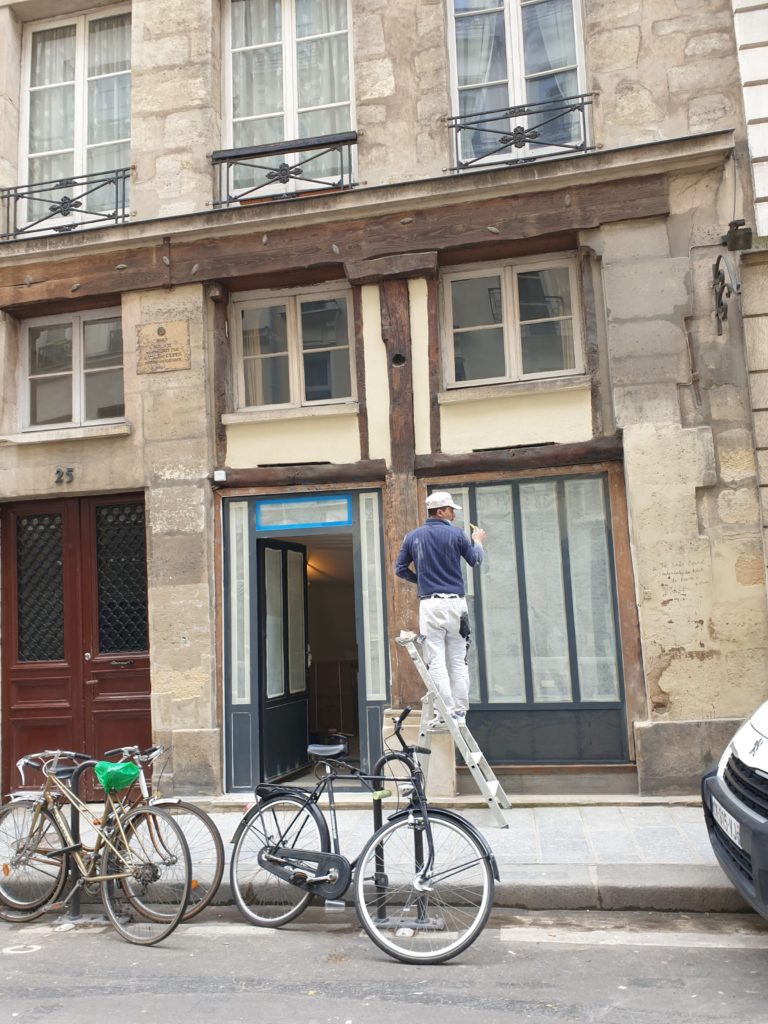
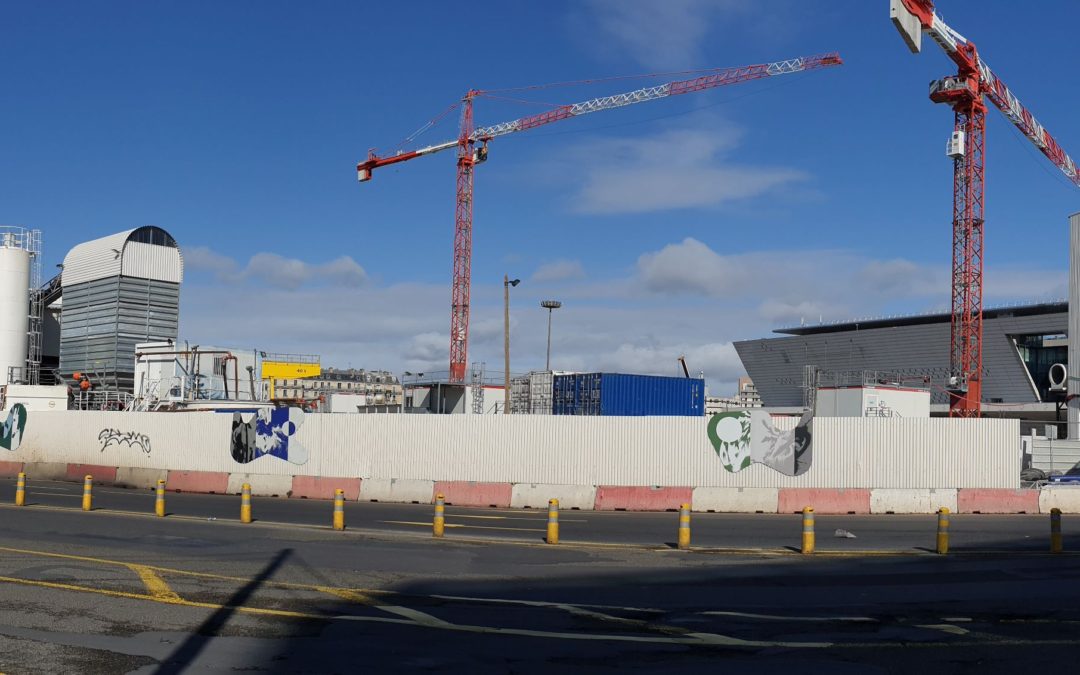
Thanks for the update and a little guided tour!
You are so welcome, I’m glad you enjoyed it!
Thank you, Anne, for this most recent optimistic letter. Isolated in North Burgundy, youve given me good news from the Metropolis! Bises,
Thanks, Joan! We can all use a little hope.